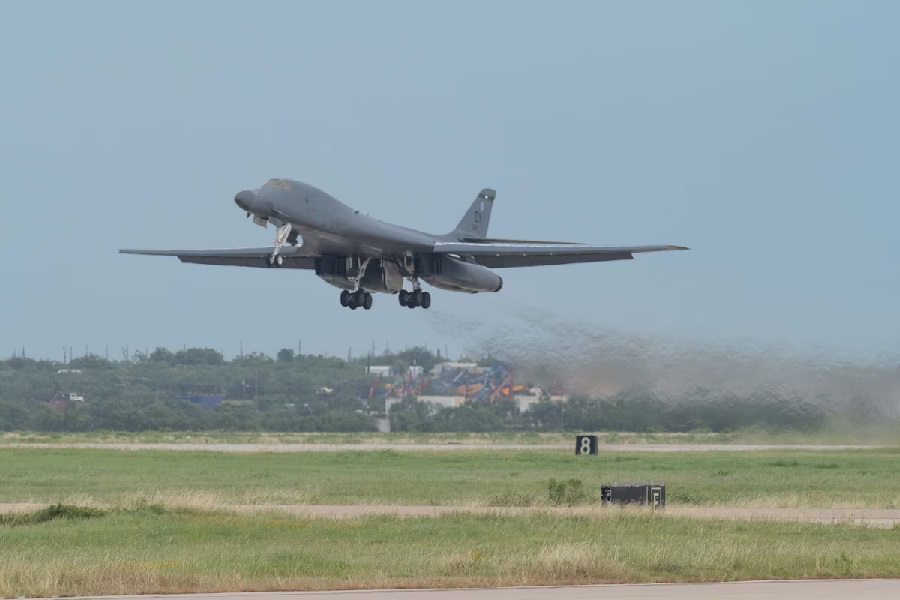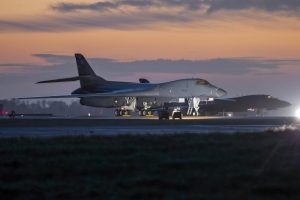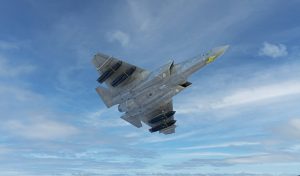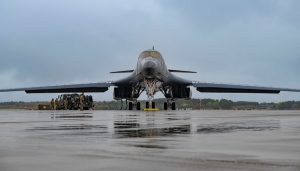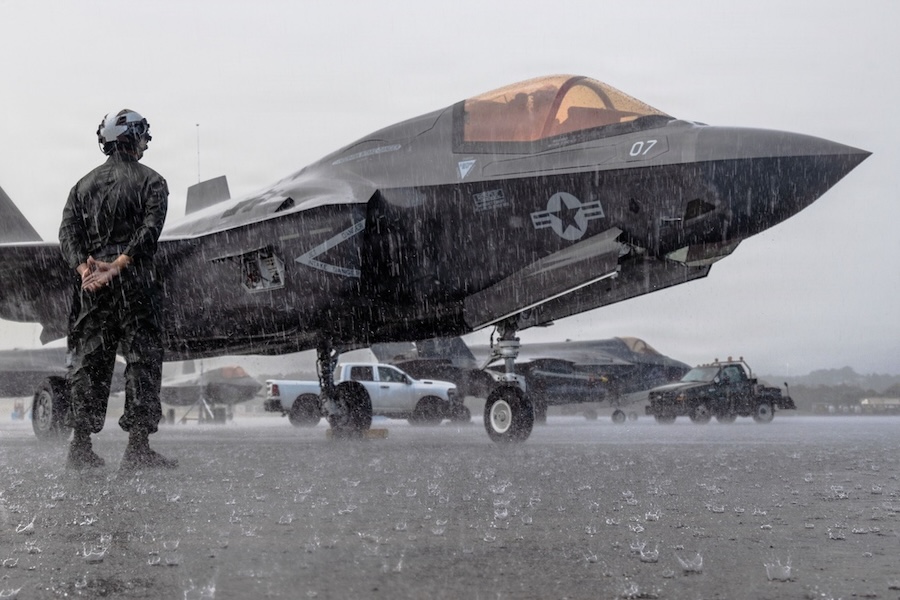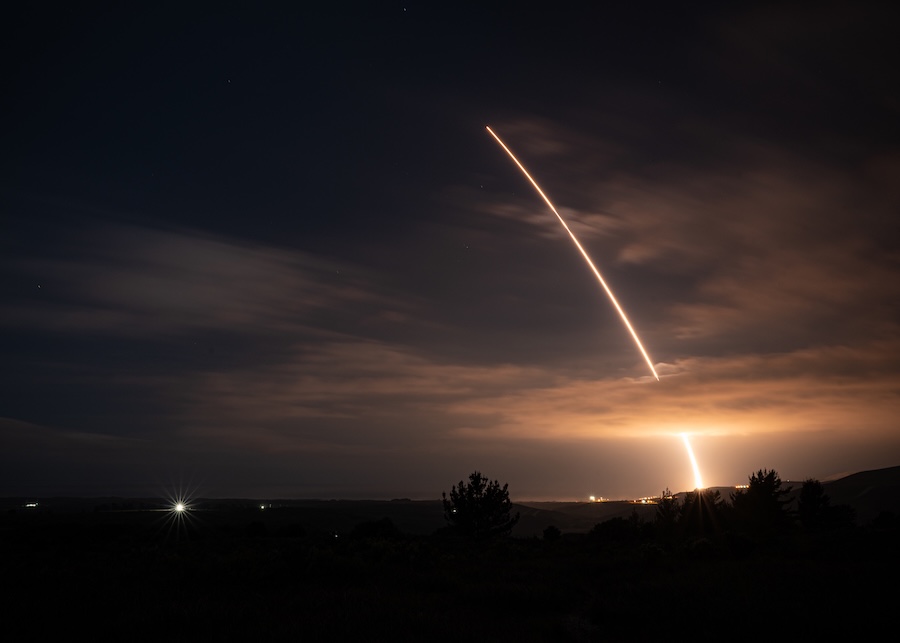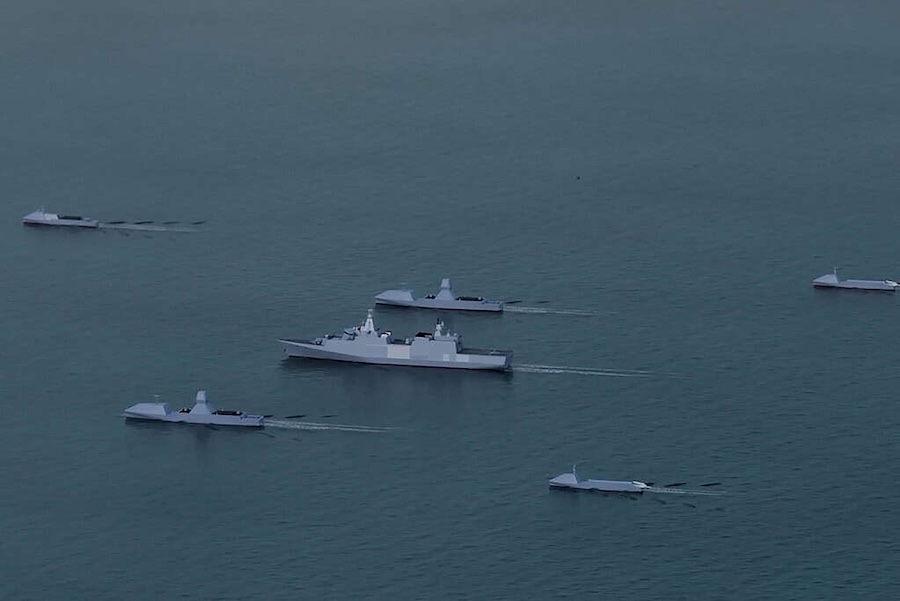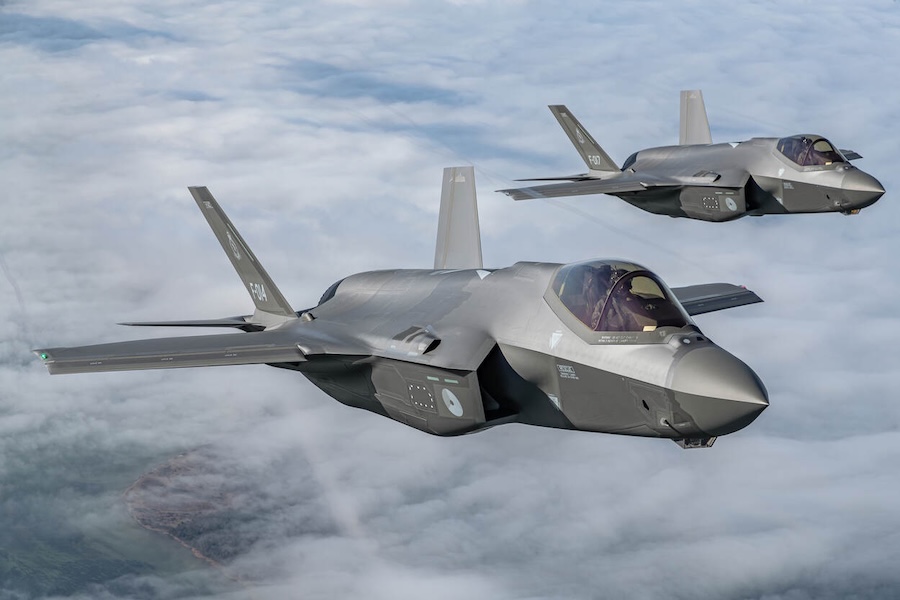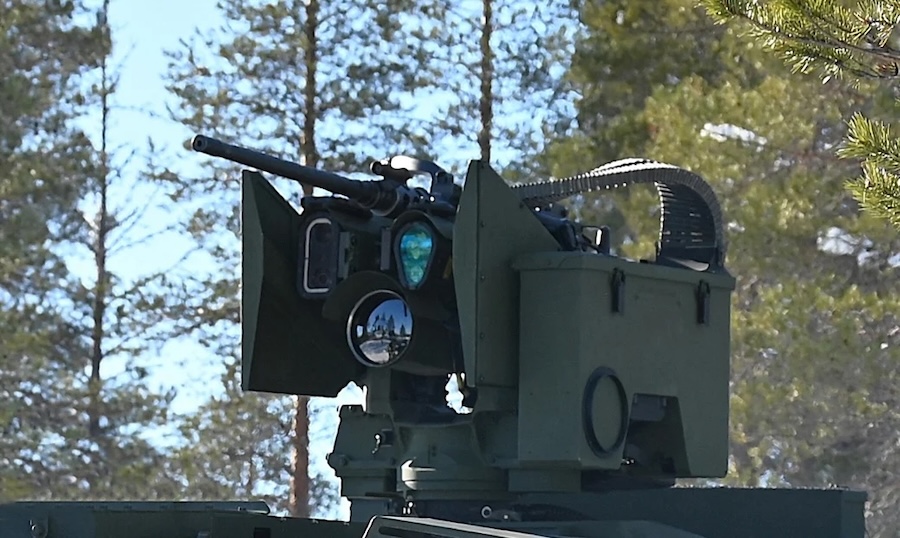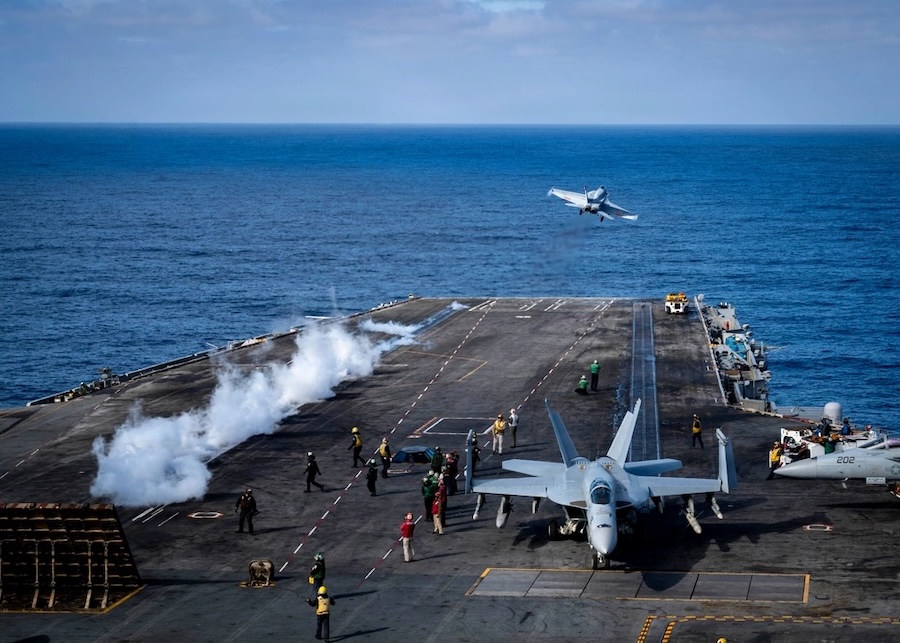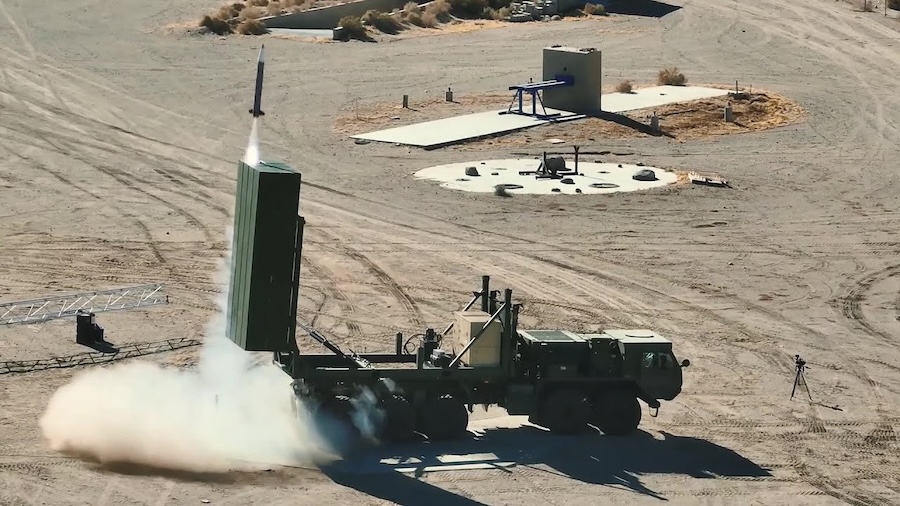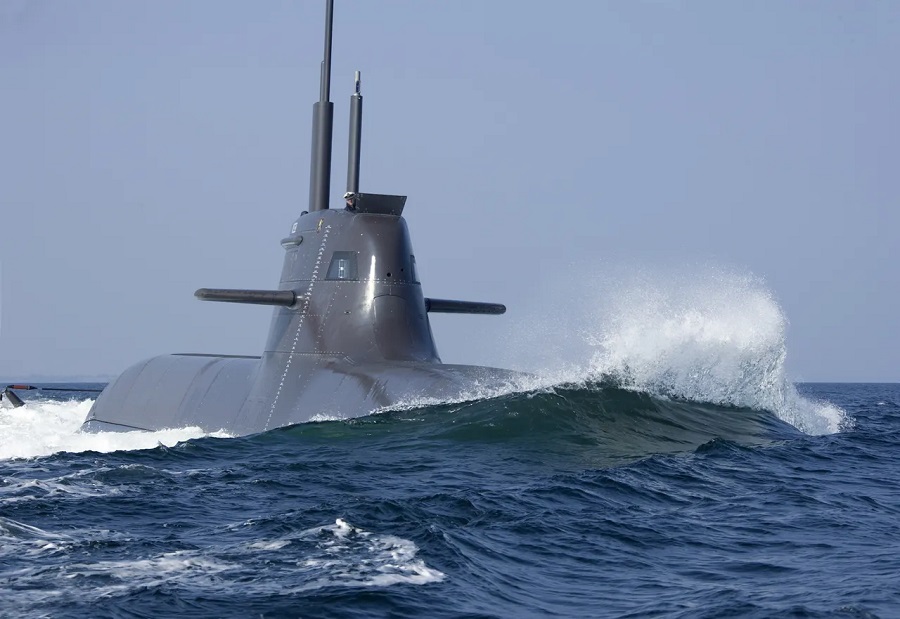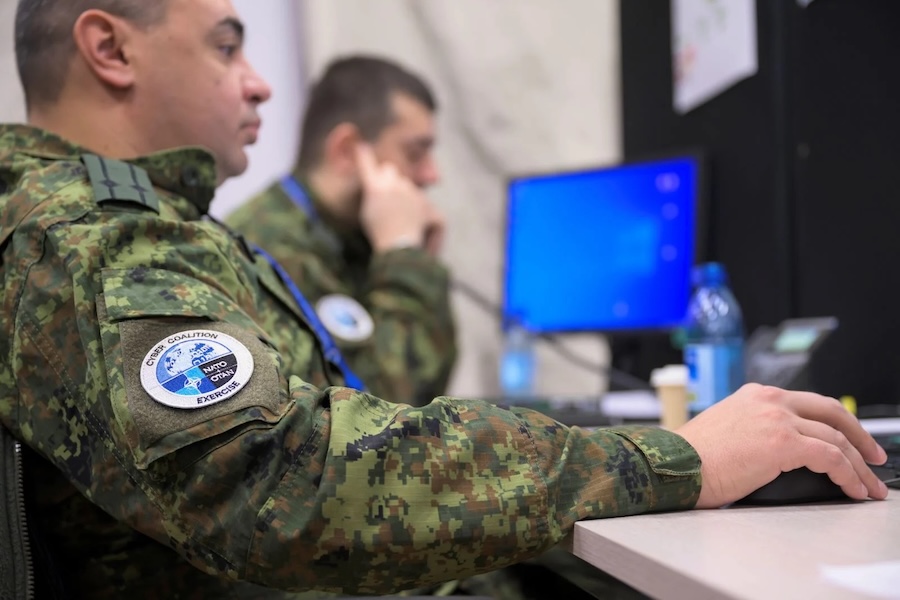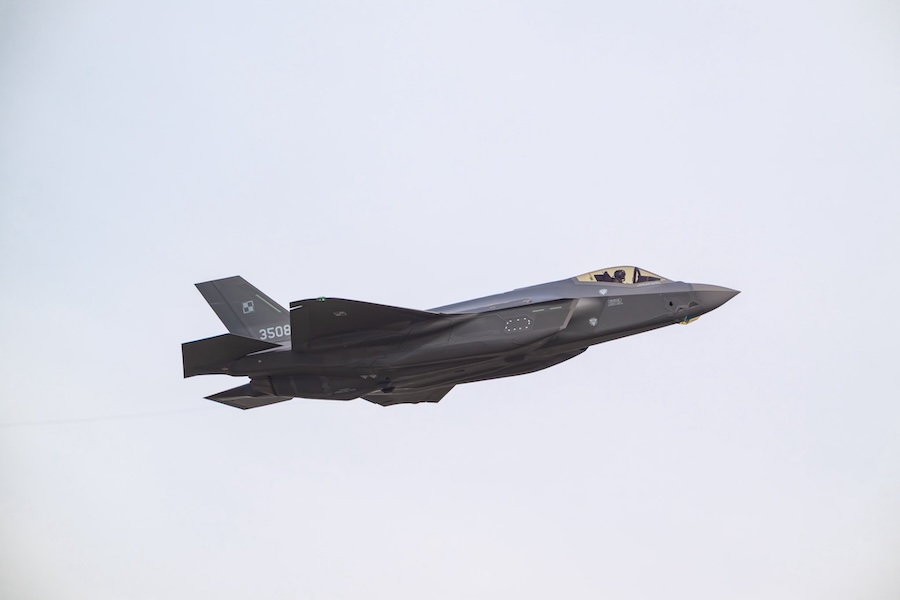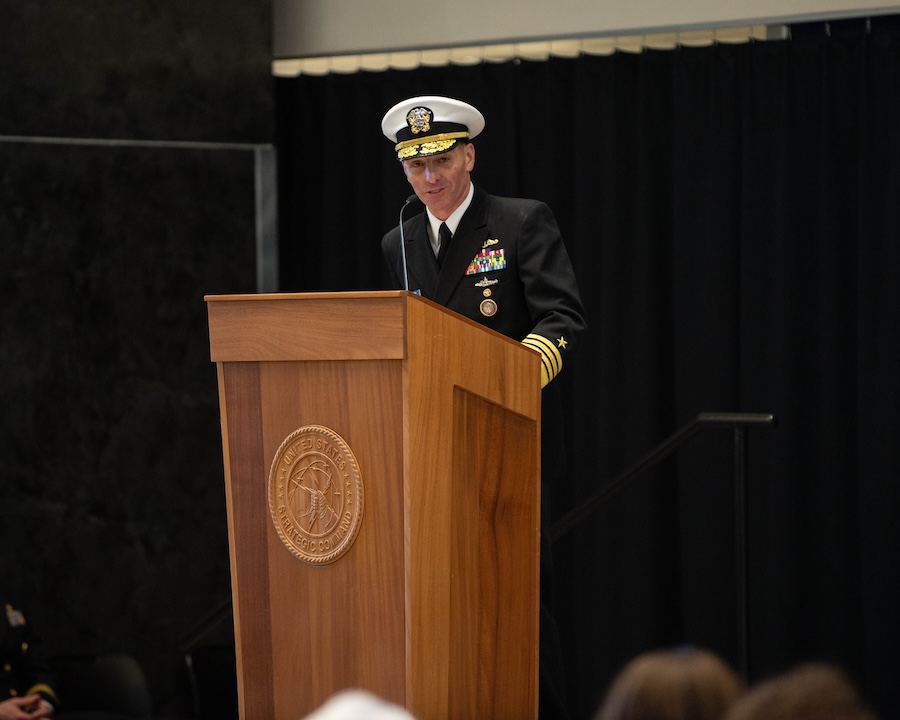This iteration marked a notable return for Dyess bombers, employing a hybrid operational model combining daily missions flown from Texas with mission planning carried out at Nellis. This structure allowed Dyess to demonstrate dynamic force employment and the B-1’s operational agility.
“This Red Flag has been a milestone for the Bats,” said Lieutenant Colonel Ashley Cook, Commander of the 9th Bomb Squadron. “Not only is it our first Red Flag in three years, but we demonstrated how the B-1 can deliver combat power flexibly by launching from Dyess while seamlessly integrating with joint and coalition forces launching from Nellis.”
Ahead of the exercise, B-1 crews completed familiarisation flights to the Nevada Test and Training Range, which spans more than 12,000 square miles of airspace and 2.9 million acres of land. This preparation enabled aircrews to familiarise themselves with the complex environment ahead of the high-threat simulation.
Throughout Red Flag, Dyess personnel executed daily “VUL” sorties — referring to vulnerability periods — from home station to Nevada. These sorties replicated contested combat missions, involving simulated enemy engagement during the most vulnerable phases of flight.
Midway through the exercise, B-1s landed at Nellis for hot-pit refuelling and aircrew swaps, allowing a second mission planning team to conduct the concluding phase. This operational transition highlighted the effectiveness of remote coordination between the planning team and flying crews.
Both the 9th and 345th Bomb Squadrons, including Dyess’s Air Force Reserve associate unit, contributed to the exercise. Their combined participation underscored the importance of Total Force integration in preparing for high-end conflict.
“The ability to fly from home station while executing advanced planning with a dislocated MPC team shows how we’re evolving to meet future combat scenarios,” Cook said. “Exercises like this prepare us to be more agile to practice how we would employ against today’s threats.”
Aircrews operated in both “Blue Air” and “Red Air” roles, alternating between friendly and adversary missions. “This is one of the first chances our new aviators get to experience a true Large Force Exercise,” said Captain Nicole Sorrells, 9th Bomb Squadron flight commander. “It’s nothing like flying local sorties; we’re face-to-face with other squadrons and partners we’d deploy with. That’s where real integration happens.”
The hybrid model demanded exact timing and coordination between Dyess and Nellis personnel across all mission elements. “Executing VULs from Dyess while relying on a forward-planning team means everything must be dialed in — mission briefs, takeoff times, airspace control. It’s logistically complex, but it shows what’s possible,” Sorrells added.




